Researchers use tree rings to confirm climate change-avalanche link
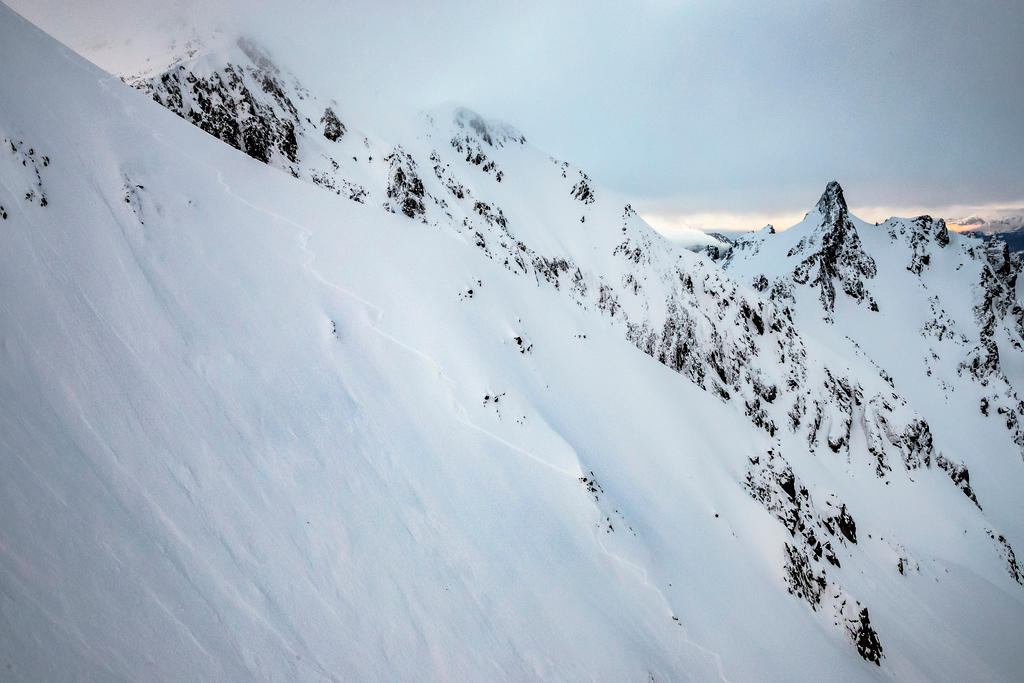
After reconstructing over 150 years of tree growth in the Indian Himalayas, University of Geneva researchers have found that rising temperatures are increasing avalanche frequency, size and scope.
The study, undertaken between 2013 and 2015 in the Indian state of Himachal Pradesh, used dendrochronology – the study of counting tree rings to determine age – to trace the extent and impact of avalanches in the region since 1855.
The University said in a press releaseExternal link that data records in such regions (the Himalayan valley is located at an elevation of roughly 3,000 metres, or 9,800 feet) are often unavailable. The researchers’ innovative technique, which allowed them to trace 38 avalanches over the study period, is thus “the largest survey conducted to date in the Himalayas”.
When they combined their findings from the trees with local climate data, the researchers found that the results “brooked no argument”: the frequency and intensity of avalanches in the second half of the twentieth century has been increasing, they said.
“Avalanches are bigger, travel greater distances, and are triggered earlier in the year. These changes can be attributed clearly to rising temperatures, which have reached 0.2 to 0.4 degrees annually in some parts of the Himalayas.”
The study has been publishedExternal link in the Proceedings of the National Academy of Sciences.
+ Read about the impact of melting permafrost in Swiss mountains
Various specific triggers related to warmer air temperatures are causing this, they continue: receding glaciers, melting permafrost (which then loses its effectiveness as a sediment stabiliser), rain falling on snow, and snowfall that starts earlier in the year and becomes destabilised before spring.
Disrupting development
The aim of the study, which was carried out in the framework of the Indian Himalayas Climate Adaptation Program (IHCAP), was to add to current information about avalanche formation and the role of climate in triggering it, the authors said.
They also wanted to highlight potential disruption to socio-economic development; in the case of Himachal Pradesh, where the study was done, one of the largest road infrastructure projects on the Indian subcontinent is becoming increasingly threatened by the more frequent avalanches.
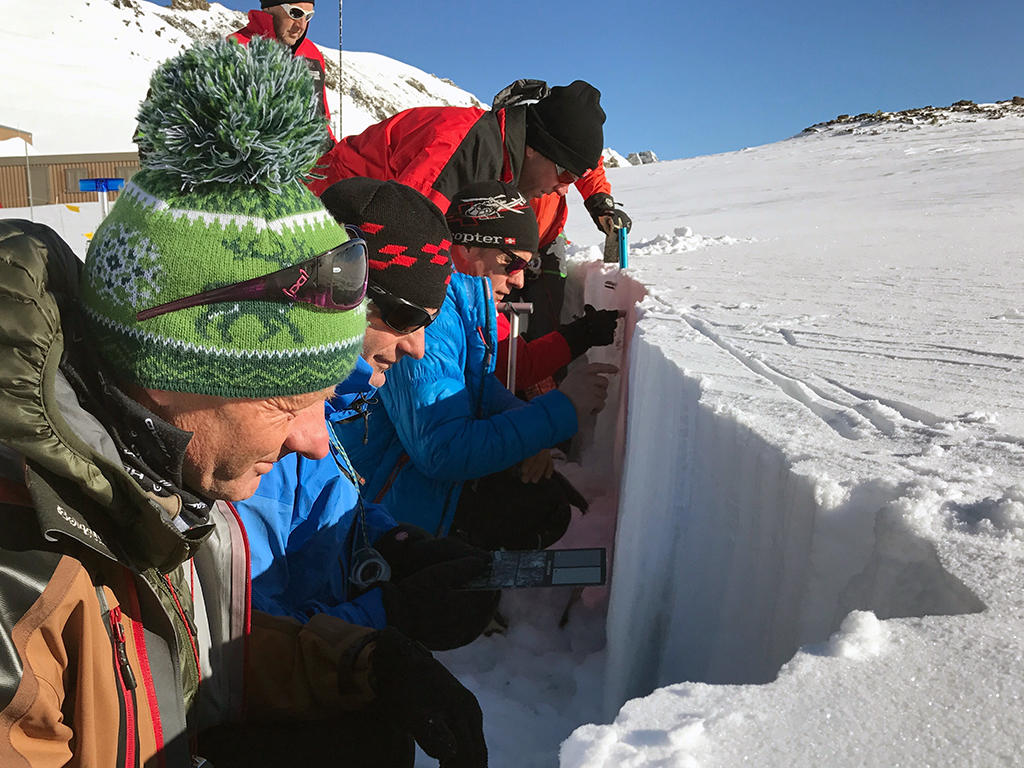
More
Why the Swiss are experts at predicting avalanches

In compliance with the JTI standards
More: SWI swissinfo.ch certified by the Journalism Trust Initiative
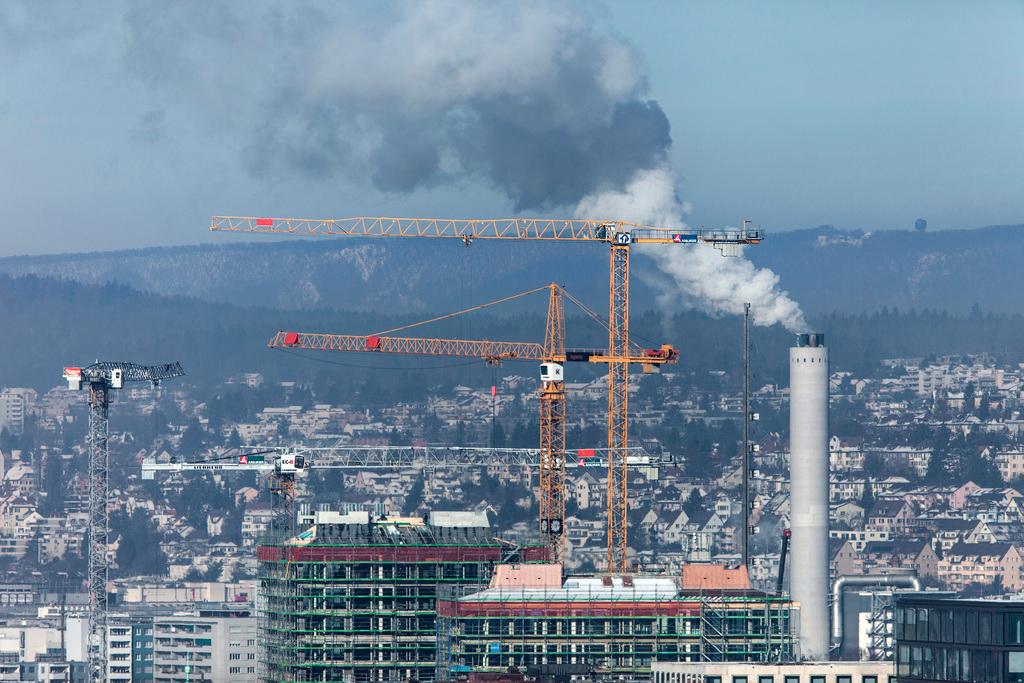
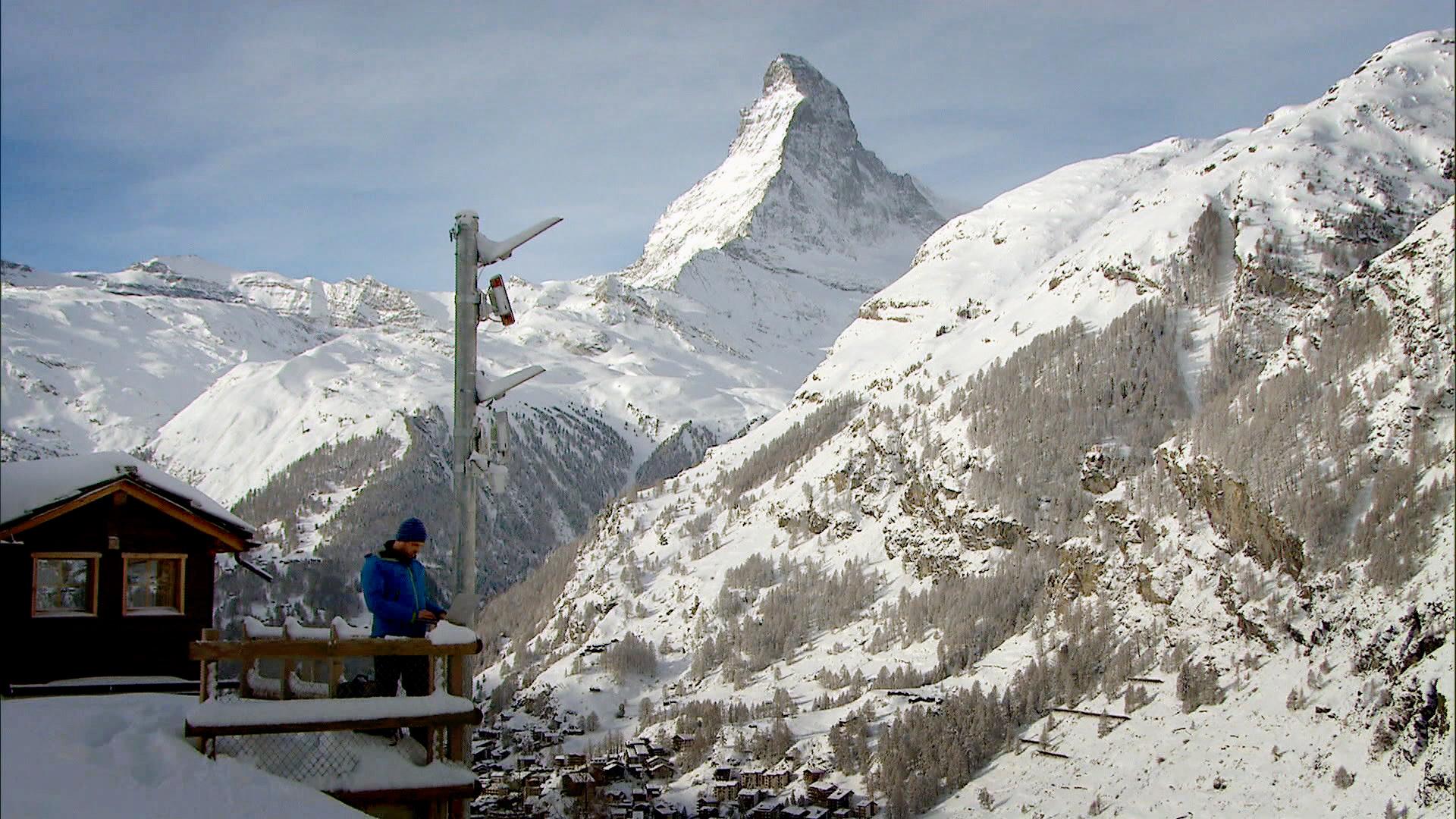
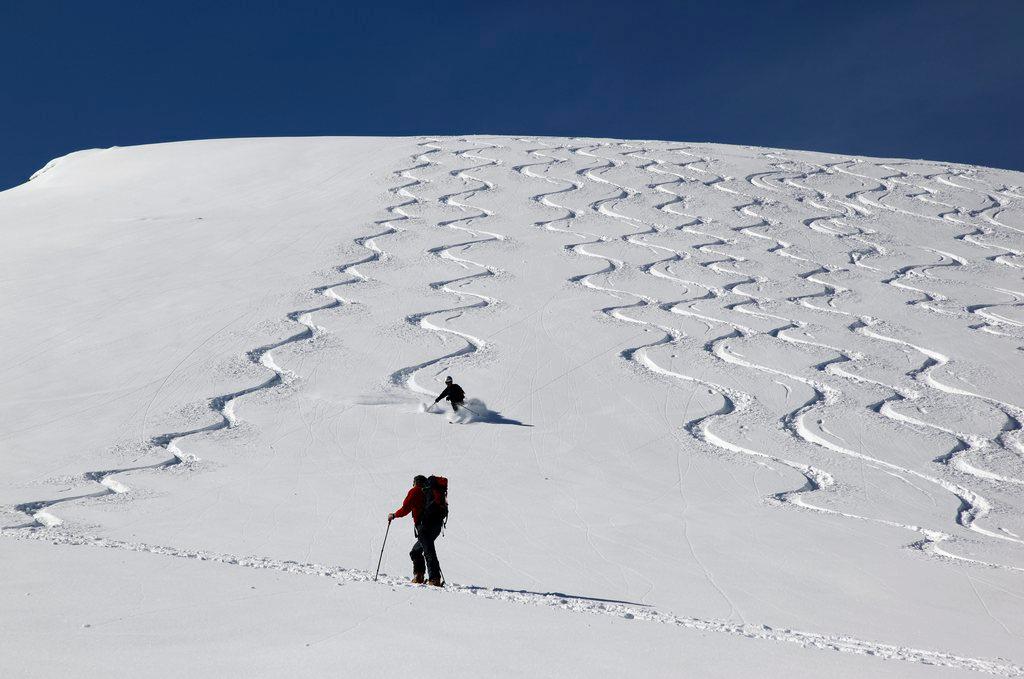
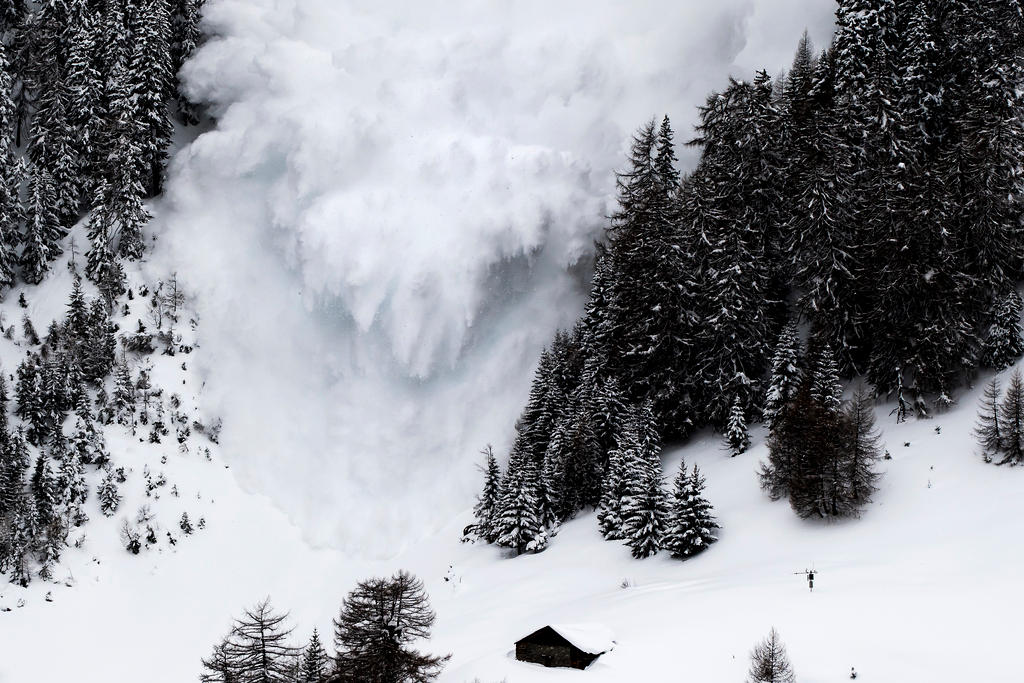
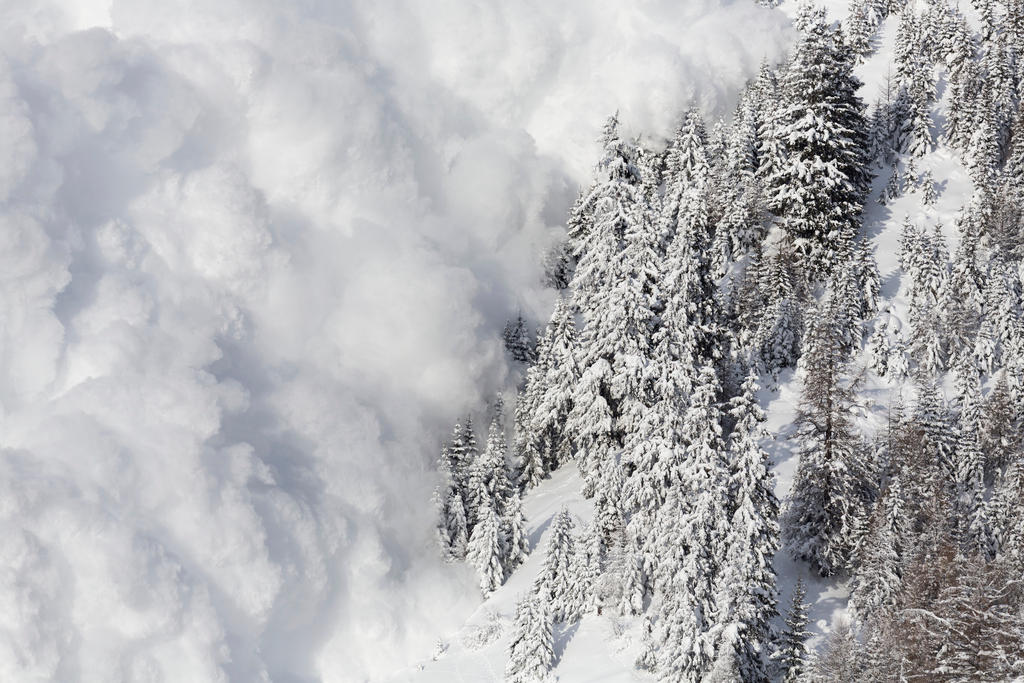
You can find an overview of ongoing debates with our journalists here. Please join us!
If you want to start a conversation about a topic raised in this article or want to report factual errors, email us at english@swissinfo.ch.